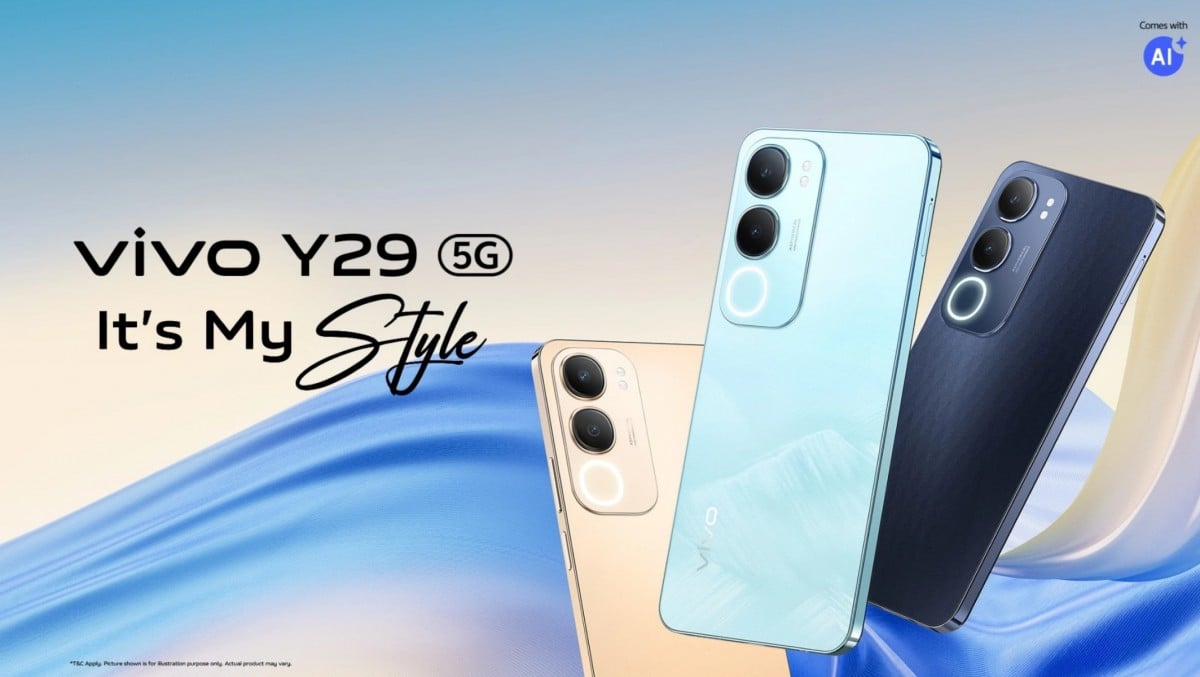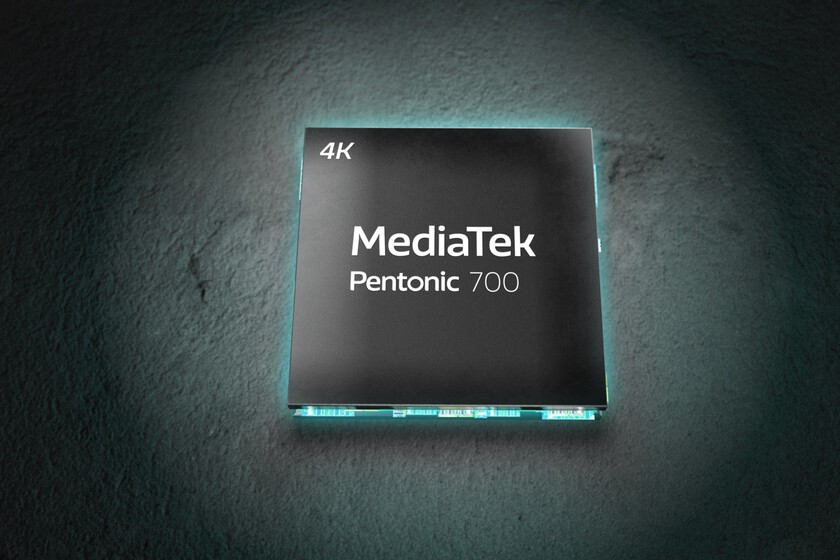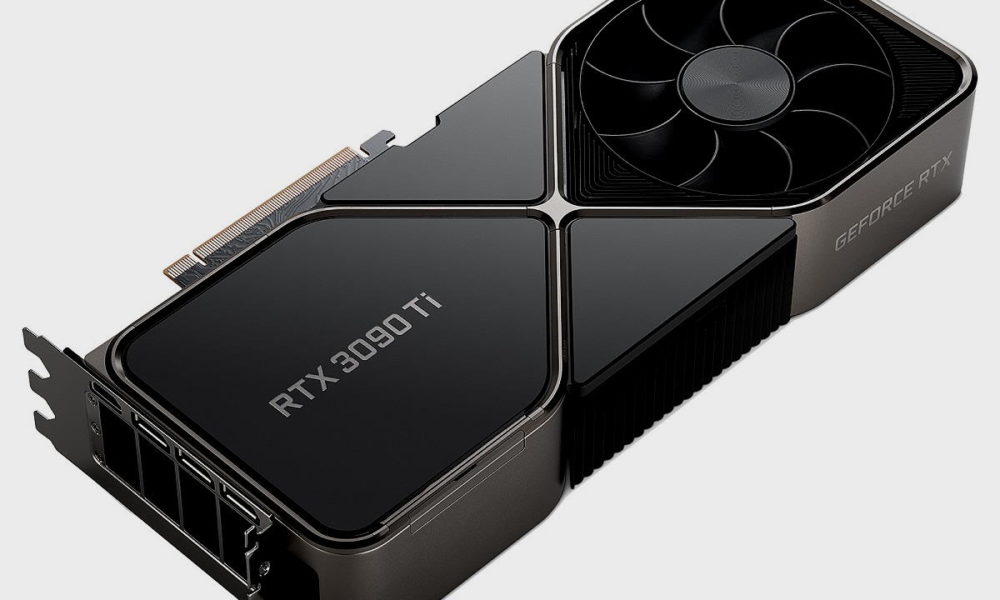Fragmentation is a losing battle. Only 1 out of 12 mobile phones have Android 12; this is a horrendous figure that almost 90% of Android phones are outdated. It will stay like this No matter how many changes Google makes. Update cycles are short in the high range and minimal in the mid and low ranges.
If you just bought your Android, you will run out of updates in about two years (some manufacturers are starting to increase premium support). Fortunately, there are reasons to think that updates are not so important (This is inconsolable, because you don’t want to). Apps will continue to work and update, your mobile will continue to be safe, and thanks to (or due to) layers of personalization you will not even notice that there is a new version of your mobile.
Wait, what Android version is this?
The best selling mobiles in Spain are from Samsung, Xiaomi and OPPO/Realme. All three have pretty intense layers of customizationwhich dilutes almost all the aesthetics of the latest versions of Android. In fact, in the case of Xiaomi and Samsung, the layers are almost the same as we saw in Android 11, so it is quite difficult to recognize at a glance which version we are dealing with.
While layers heavily adopts the new (mostly minor) features of new releases, bet even more on their own functions (Safe folder on Samsung, theme on MIUI etc). The special functions of Android 13 that will become indispensable for users are counted with the fingers of one hand, especially when sometimes the best Android updates are not in sight.
Updates, increasingly modular
An Android mobile is not only kept up to date with the version of the operating system. Android is updated in a modular way through the system known as Project Mainline. Thanks to him, since Android 10, the system has modules that can be upgraded via Google PlayIt’s easier to update than using OTA.
Thus, through automatic updates of Google services or security updates of your operating system, your system can be relatively up to date on the most important issue: bug fixes and security. It’s always okay not to have an old version at least to get this type of update.
It’s time to accept the fragmentation
There are manufacturers who struggle to curb fragmentation to some extent. Samsung promises to update for many more years than Google with four system versions. Xiaomi promises up to three years for some of its high-end productsjust like Vivo for Vivo X. However, with a few exceptions, most will continue with only two years of updatesfar from the six offered by the competing operating system.
This will continue to be so because of both Android’s own cycles and the number of annual releases. Impossible to keep up in all ranges, as well as updating all families at once. If we can’t deal with the fragmentation, it’s time to embrace it without causing great discomfort.












:quality(85)//cloudfront-us-east-1.images.arcpublishing.com/infobae/MJ4JJD4UMBE7VG6GVFBWZFI2N4.jpg)



